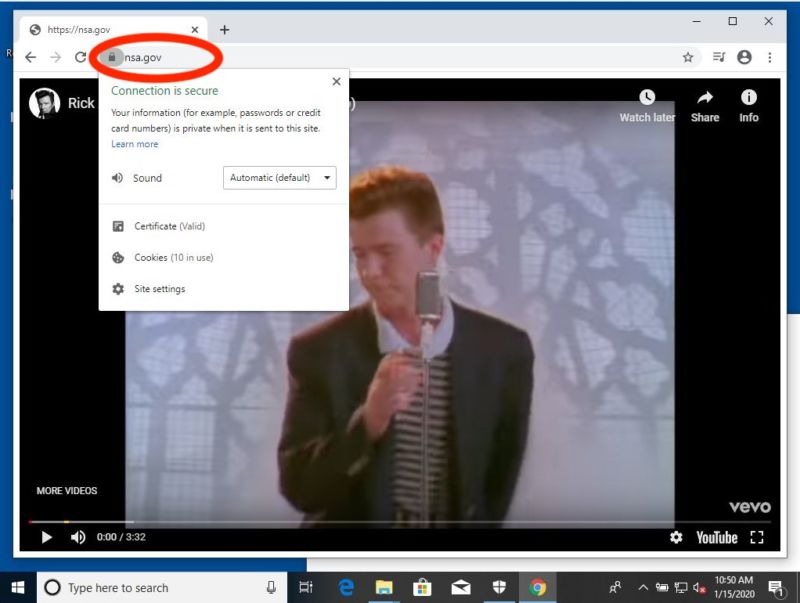A group of researchers have reverse-engineered the NSA’s retro reflectors, and has recreated them using software-defined radio (SDR):
An SDR Ossmann designed and built, called HackRF, was a key part of his work in reconstructing the NSA’s retro-reflector systems. Such systems come in two parts – a plantable “reflector” bug and a remote SDR-based receiver.
One reflector, which the NSA called Ragemaster, can be fixed to a computer’s monitor cable to pick up on-screen images. Another, Surlyspawn, sits on the keyboard cable and harvests keystrokes. After a lot of trial and error, Ossmann found these bugs can be remarkably simple devices – little more than a tiny transistor and a 2-centimetre-long wire acting as an antenna.
Getting the information from the bugs is where SDRs come in. Ossmann found that using the radio to emit a high-power radar signal causes a reflector to wirelessly transmit the data from keystrokes, say, to an attacker. The set-up is akin to a large-scale RFID- chip system. Since the signals returned from the reflectors are noisy and often scattered across different bands, SDR’s versatility is handy, says Robin Heydon at Cambridge Silicon Radio in the UK. “Software-defined radio is flexibly programmable and can tune in to anything,” he says.
The NSA devices are LOUDAUTO, SURLYSPAWN, TAWDRYYARD, and RAGEMASTER. Here are videos that talk about how TAWDRYYARD and LOUDAUTO work.
This is important research. While the information we have about these sorts of tools is largely from the NSA, it is fanciful to assume that they are the only intelligence agency using this technology. And it’s equally fanciful to assume that criminals won’t be using this technology soon, even without Snowden’s documents. Understanding and building these tools is the first step to protecting ourselves from them.
via schneier.com

